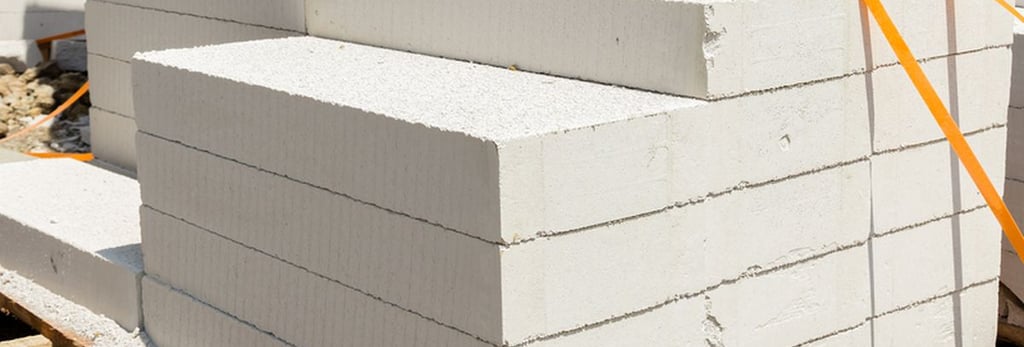The Role of Silica Sand in the Hebel Industry
Building a Sustainable Future


Introduction
The construction industry is witnessing a significant shift towards lightweight and sustainable materials. A prime example of this trend is the Hebel (AAC) production process, wherein silica sand plays a crucial role. This article delves into the essential aspects of silica sand in the Hebel industry, highlighting its importance, applications, benefits, challenges in sourcing, and why manufacturers trust Purnomo Silica.
Why Silica Sand is Essential for Hebel (AAC) Production
Silica sand is a fundamental raw material in the production of Hebel Autoclaved Aerated Concrete (AAC). Known for its light weight and thermal insulation properties, Hebel is becoming a preferred choice for modern constructions. Silica sand contributes to the production process by providing the necessary silica content that binds with lime and other materials, facilitating the aeration process and resulting in high-quality lightweight blocks. The unique properties of silica sand enable manufacturers to produce AAC with superior strength and durability.
Key Applications of Silica Sand in Hebel Manufacturing
In Hebel manufacturing, silica sand is utilized in various stages, including the initial mixing of raw components and the creation of AAC blocks. With its fine granularity, silica sand ensures that the mixtures are homogenous and the resulting blocks have a smooth texture. Additionally, silica sand is employed in the production of floor panels and roof tiles, further enhancing the versatility of Hebel products. Its role extends beyond mere composition; it enhances the performance and sustainability of the final construction materials, making Hebel a go-to option for eco-conscious builders.
Benefits of High-Quality Silica Sand in Hebel Production
Consistent Quality
Uniform particle size (250–500 microns) ensures predictable aeration and curing.
Reduced Energy Costs
Lightweight blocks lower transportation and construction energy use.
Eco-Friendly Construction
Hebel’s insulating properties reduce building carbon footprints.
Durability
Resists moisture, pests, and seismic stress due to silica sand’s stability.
Challenges in Sourcing Hebel-Grade Silica Sand
Sourcing hebel-grade silica sand poses significant challenges for AAC manufacturers, as they require silica that meets stringent criteria, including a SiO₂ content of ≥95% to minimize impurities like clay or iron that can compromise structural integrity. Additionally, low moisture content is crucial to prevent uneven mixing and gas formation during the AAC process. Consistent grading is also essential to ensure uniform pore distribution for optimal insulation. Purnomo Silica effectively addresses these challenges by employing advanced washing and drying techniques that achieve ≥98% purity, alongside precision sieving that provides sand within the 250–400 micron range tailored for specific AAC formulations. Furthermore, Purnomo Silica's commitment to quality is evidenced by their compliance with ASTM C618 and EN 450-1 standards, ensuring a reliable supply of high-grade silica sand for efficient AAC production.
Why Hebel Manufacturers Trust Purnomo Silica
Industry Expertise
Decades of experience supplying silica sand to global AAC leaders.
Custom Solutions
Sand optimized for density, strength, and curing time requirements.
Bulk Supply Chain
Reliable delivery to Hebel plants across Asia, Europe, and the Middle East.
Technical Support
Guidance on raw material ratios and autoclaving best practices.
Conclusion
In conclusion, silica sand is an indispensable ingredient in the Hebel industry, contributing significantly to the production of lightweight and energy-efficient AAC materials. With its diverse applications, inherent benefits, and the challenges in sourcing quality sand, it becomes evident that manufacturers must rely on established suppliers like Purnomo Silica to ensure excellence in their products. As the construction industry leans towards sustainable solutions, the role of silica sand in Hebel production will only continue to grow.
